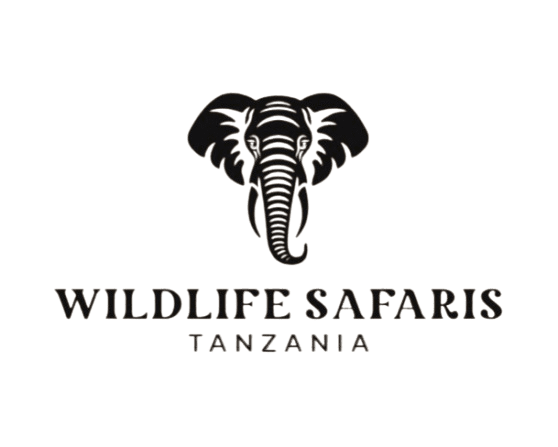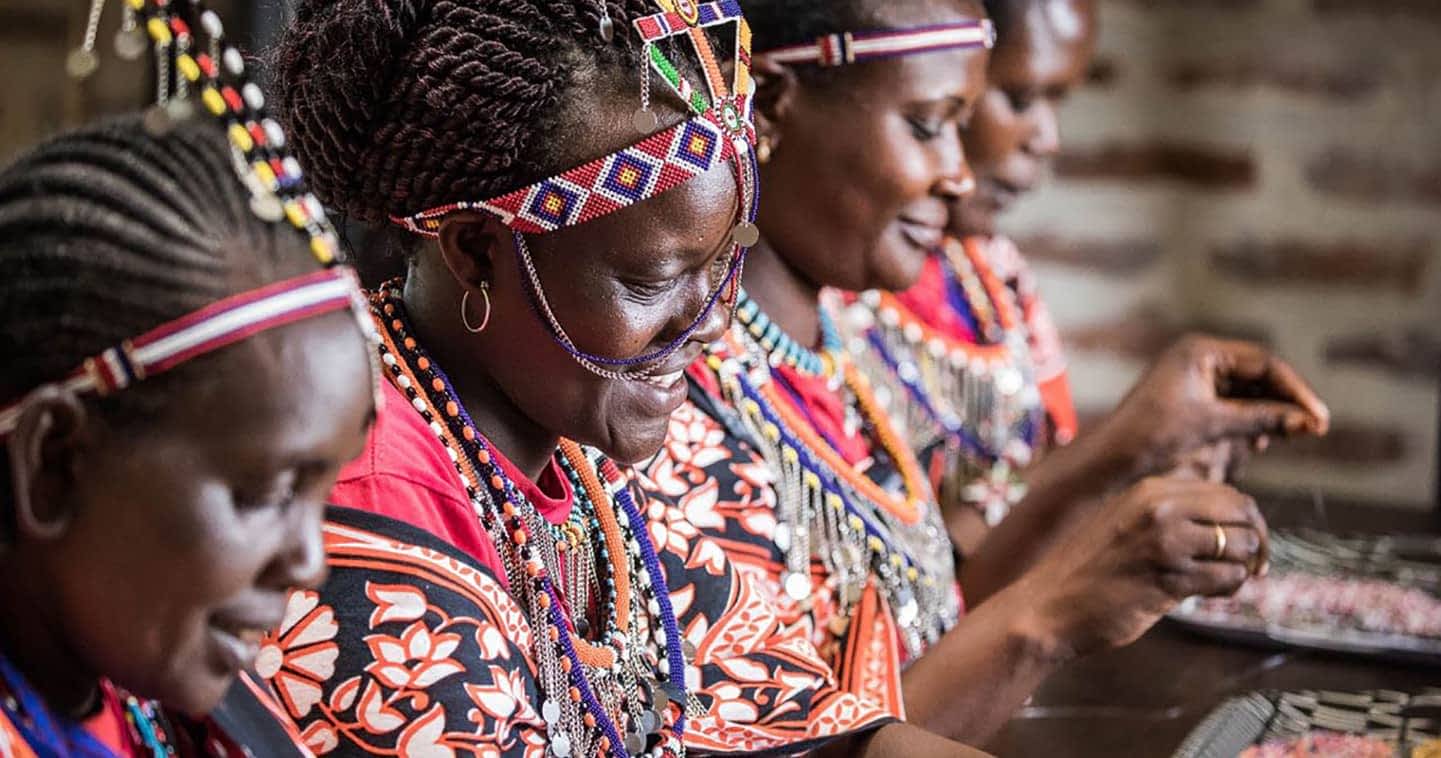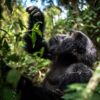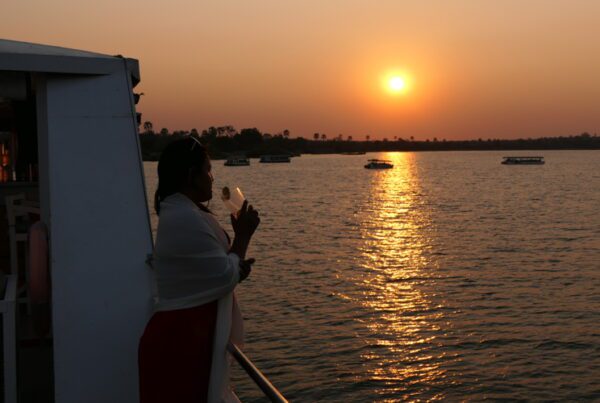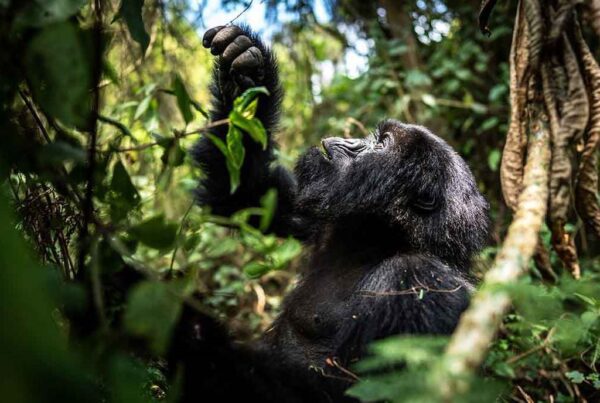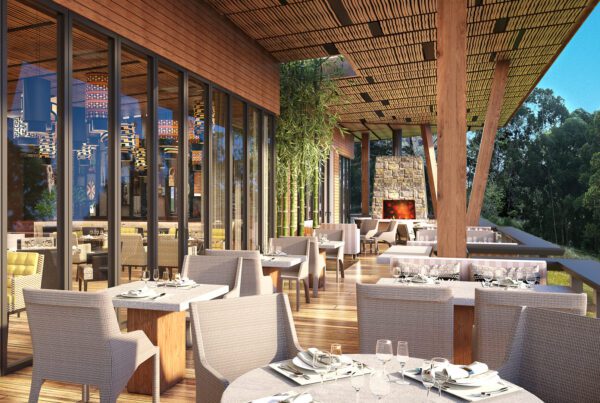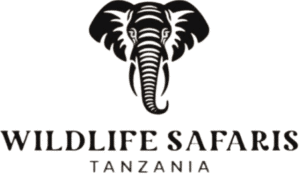THE MAASAI: 9 FACTS THAT FEW KNOW
A Nilotic people, the Maasai live in what is now northern Tanzania and southern Kenya. Many safari-goers are amazed by their capacity to live peacefully beside wildlife. We have compiled nine obscure facts on the Maasai people. The adventure may begin now.
Blood is consumed by the Maasai.
The Maasai do, in fact, consume red blood. This is a survival mechanism that they’ve developed as a result of living with their cattle. The fact that they draw blood from living animals is the most intriguing aspect. Oh my goodness, how do they pull that off? The jugular artery is a blood vessel that runs around the neck, and they extract blood from it by making an incision.
They don’t do this very frequently because of their inherent concern for livestock. They exclusively consume blood in times of illness or after childbirth. Their conviction? Postpartum hemorrhage can be replenished with this new blood. Indeed, it will.
The baby is given a name at three months of age.
In keeping with tradition, the Maasai do not give the name of their kid while the mother is still carrying it. Rather, they hold off until the baby is delivered. They also choose to keep the infant in isolation for three months prior to naming him or her. No mother may remove it before to being named.
Community celebrations honoring the new baby are commonplace at the time of the naming. As a party favor, they’ll kill a cow. They will also congregate at the residence to celebrate the arrival of a new baby with dance and other festivities.
“Maasai” literally translates to “people who speak Maa.”
The Maa language, sometimes known as the Maasai language, is the indigenous language of the Maasai people. Consequently, they are defined by their language. These herders likely hail from the Nile Valley, in what is now Sudan, because their language is quite similar to the Latuko language of southern Sudan.
In addition, several landmarks in Tanzania and Kenya have Maa names in their language. A few examples may be seen here: Originally from the Maa language, the Serengeti is known as “Siringit,” meaning “land that runs forever.” “Ngorongoro” means “bowl” in Maasai, while the Maasai term for sawdust is “Amboseli,” which is also the name of a Kenyan national park.
Having livestock is a status symbol and a declaration of riches.
It is generally believed that families that own a sizable number of cattle are better off financially than those who do not. Cattle are the center of their universe. Because of their deep cultural affinity for cattle, they think God developed cows specifically for them. They have resorted to raiding neighboring tribes in order to steal their animals because of this.
Thanks to contemporary civilization, this practice of cattle-raiding has become less common. Tribes such as the Sukuma and the Datoga had long-standing animosity for them in that time. Raids by the Morans to adjacent regions for livestock sometimes ended in bloody clashes between the locals and the nomads.
Pride, not hunger, drives the Maasai hunters.
Maasai people never engage in hunting for subsistence. Their cattle provide the bulk of their nourishment. The fact that these folks are able to peacefully graze their livestock alongside wildebeest is well illustrated by this behavior. Throughout history, they have been crucial in preserving wild game populations.
But the Maasai consider it an act of courage when a man kills a lion cub. The hunt for the maned lion would begin, and the person or people who managed to bring it down would be feted as a hero. This harmful practice has come to an end as a result of the lion population drop, which is attributable to groups that stepped in to lessen the Maasai-lion conflict.
When a Maasai person dies, they are not buried.
This practice persisted for a very long time among this people, despite how weird it seems. They splattered oxblood on the corpse and then dumped it out in the bush for wild animals to feast on. Burial the dead, they thought, would degrade the land. Few prominent leaders were laid to rest. But nowadays, most Maasai villages no longer practice this religion and instead bury their dead in a manner similar to other civilizations.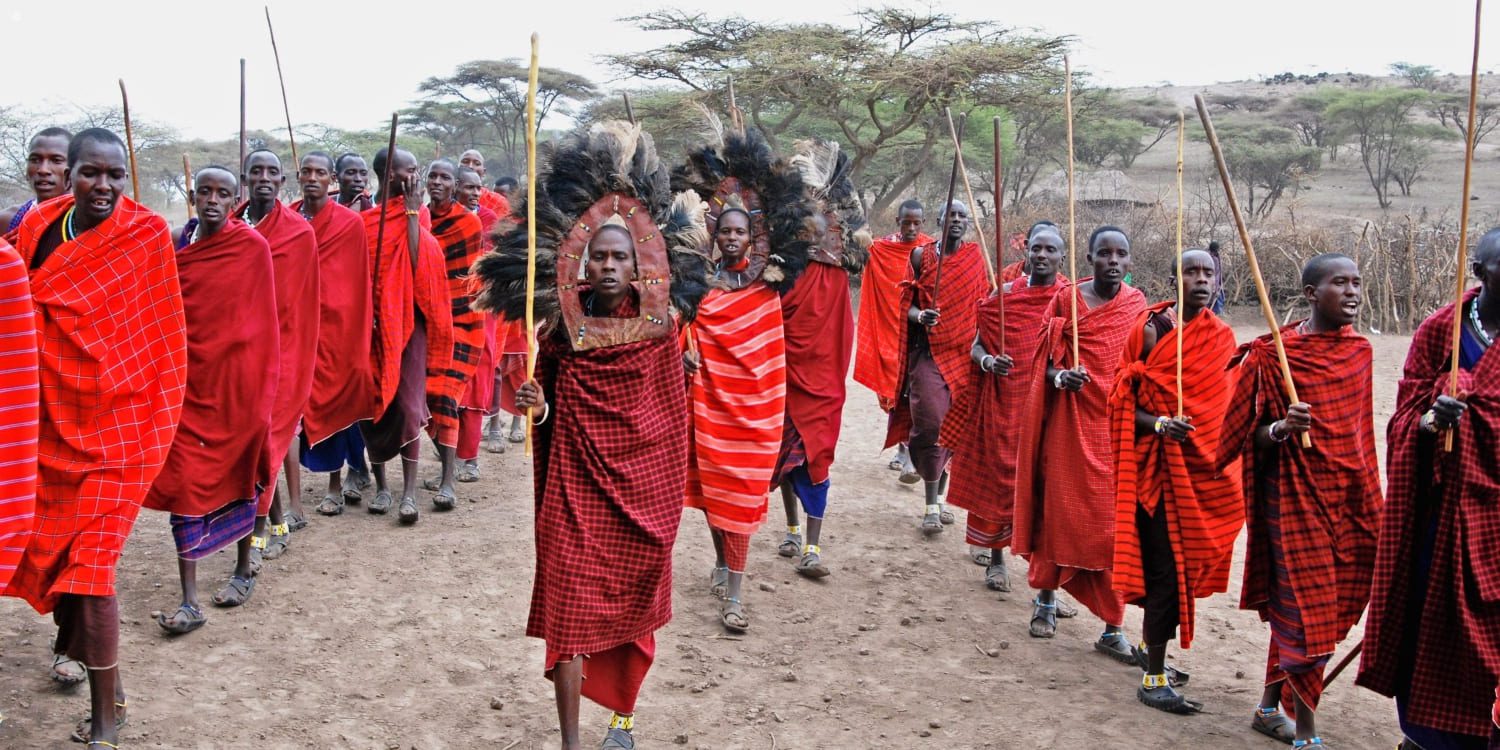
Their lifestyle is that of nomads.
Think about the course that gazelles, wildebeests, and zebras take when foraging for grass and water. That is also what the Maasai do. However, the primary motivation for their travel is the need to find fresh water and pasture for their cattle. The Morans are dispatched to scout the new region before they migrate.
They plan to relocate with all of their possessions once the new site is official. They may not construct permanent residences for this reason. The reason being that migrations invariably take place after a while.
The cottages are constructed by the women.
This may come as a surprise, but it is indeed true. The males often tend to the livestock and other matters that arise during migration. The construction of the shacks is a female-dominated task. A special design including cow dung, wood, and grass is used to construct the cottages. Each cottage forms a circle with one empty spot in the middle. Typically, traditional events, such as initiation ceremonies, take place at that location.
As you leap higher…
Sure thing! Jumping to the jingling of beads and melodies, the Adumu dance is the Maasai people’s distinctive dance. There is an intriguing aspect to it as well. Men who can leap higher are considered stronger by the Maasai. Their prospective fiancée surprises them by showing greater respect to these men. Therefore, jumping higher is a sign of strength as much as an amusement.
That is all.
The Maasai are known for their warm hospitality and friendliness toward tourists. Plus, they do incredible work safeguarding natural areas and animals. You should make time to spend with these great individuals on your next trip to Tanzania.
Whether you would want it included in your package or as an extra activity, we can arrange for you to visit a Maasai hamlet. Would you want to go on an adventure in Tanzania soon? Get in touch with our professional safari organizers.
